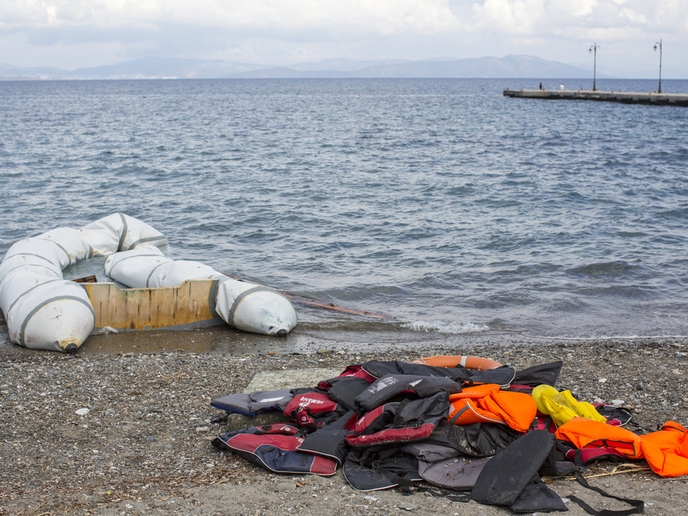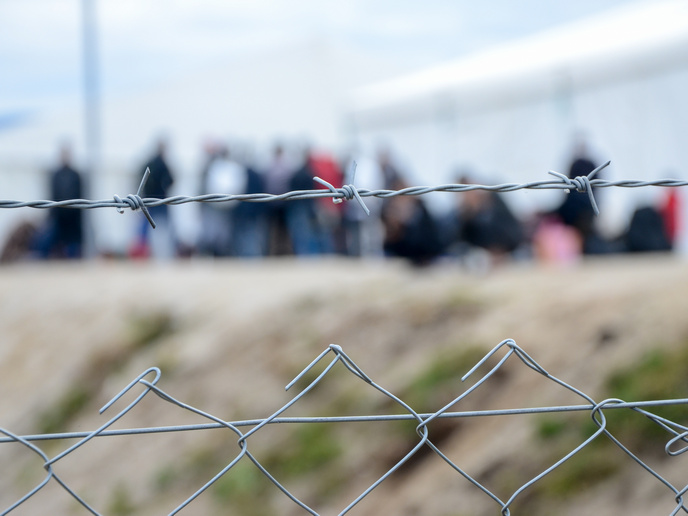Labour mobility and human capital accumulation
Labour mobility is a core value of the EU. By allowing workers to move freely within the single market, it helps promote freedom, equality and the rule of law, not to mention create a more integrated and better-balanced labour market. But how does labour mobility interact with human capital accumulation, and what implications does this impact have for economic policy design? These are the questions being asked – and answered – by the EU-funded DYMOLAMO project. “Our research is crucial, as it tackles core issues in labour economics – mobility, inequality, integration – that affect millions of people and underpin major policy debates,” says Joan Llull(opens in new window), a professor at the Spanish National Research Council’s Institute for Economic Analysis(opens in new window) (IAE-CSIC), the project’s coordinating partner.
The impact of labour and migration policies
With a focus on advanced dynamic modelling, the project, which received support from the European Research Council(opens in new window) (ERC), analysed how policies such as immigration selection schemes and temporary contracts influence worker career paths, wage inequality and productivity. “Not only did we help explain how immigrant wages are assimilated through labour market competition, we also showed how high-skilled immigration fosters productivity by driving technological change,” explains Llull. Furthermore, they developed innovative tools that decision makers can use to simulate the effects of their labour and migration policies. This includes a unique method for modelling family policies capable of addressing the impact that low fertility rates have on a country’s labour market. “We also built dynamic structural models that have set a new benchmark in computational labour economics,” adds Llull. The project’s work has been recognised by several top journals, while academia and policymakers will be given open access to its research and results.
Influential insights into labour markets and migration
DYMOLAMO has rewritten the rules on how economists model mobility, inequality, and policy interventions in dynamic labour markets. “We have delivered methodological breakthroughs, trained scholars who are now continuing their careers in leading institutions, and seeded follow-up research that continues to inform immigration and labour market reforms across Europe and beyond,” notes Llull. One of those follow-up research initiatives is OPIMPOL, a new ERC Consolidator Grant(opens in new window) dedicated to designing optimal immigration policies. “This research will build on DYMOLAMO’s legacy of offering influential insights into pressing policy questions on labour markets and migration, thus further supporting EU priorities on inclusion, mobility and social equality,” concludes Llull.







